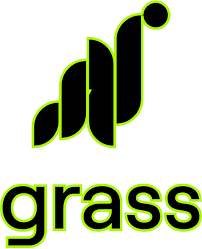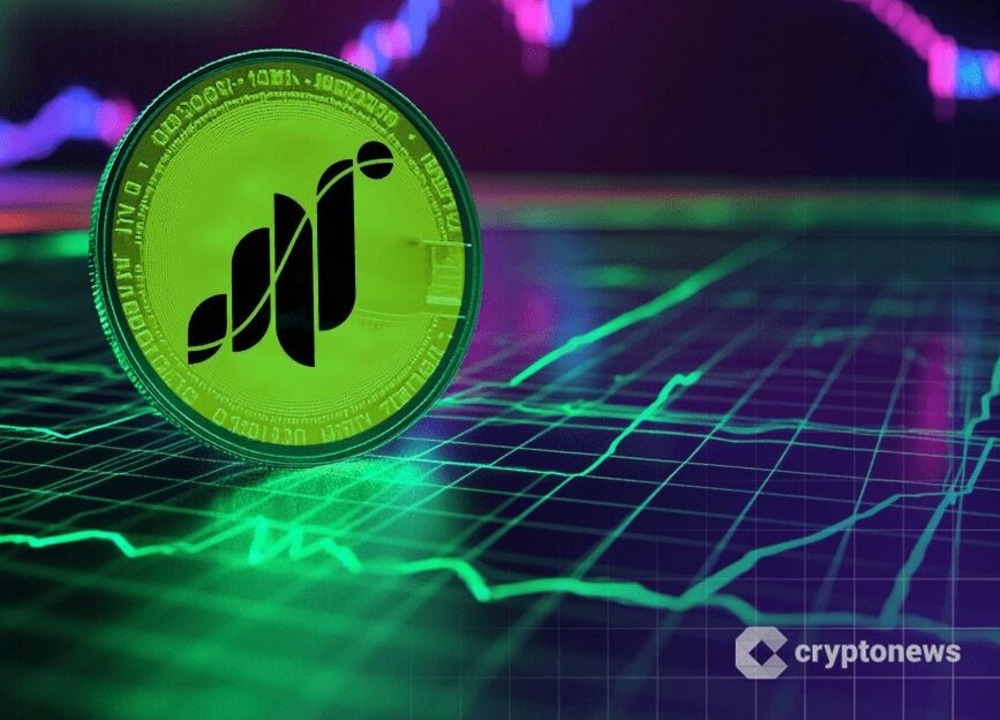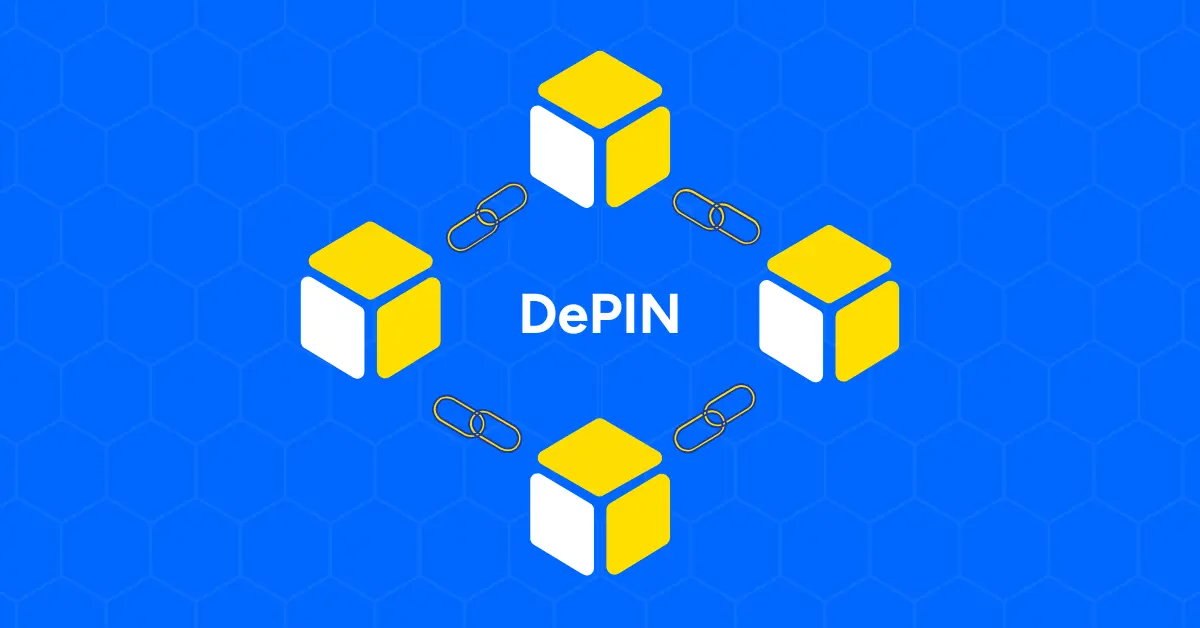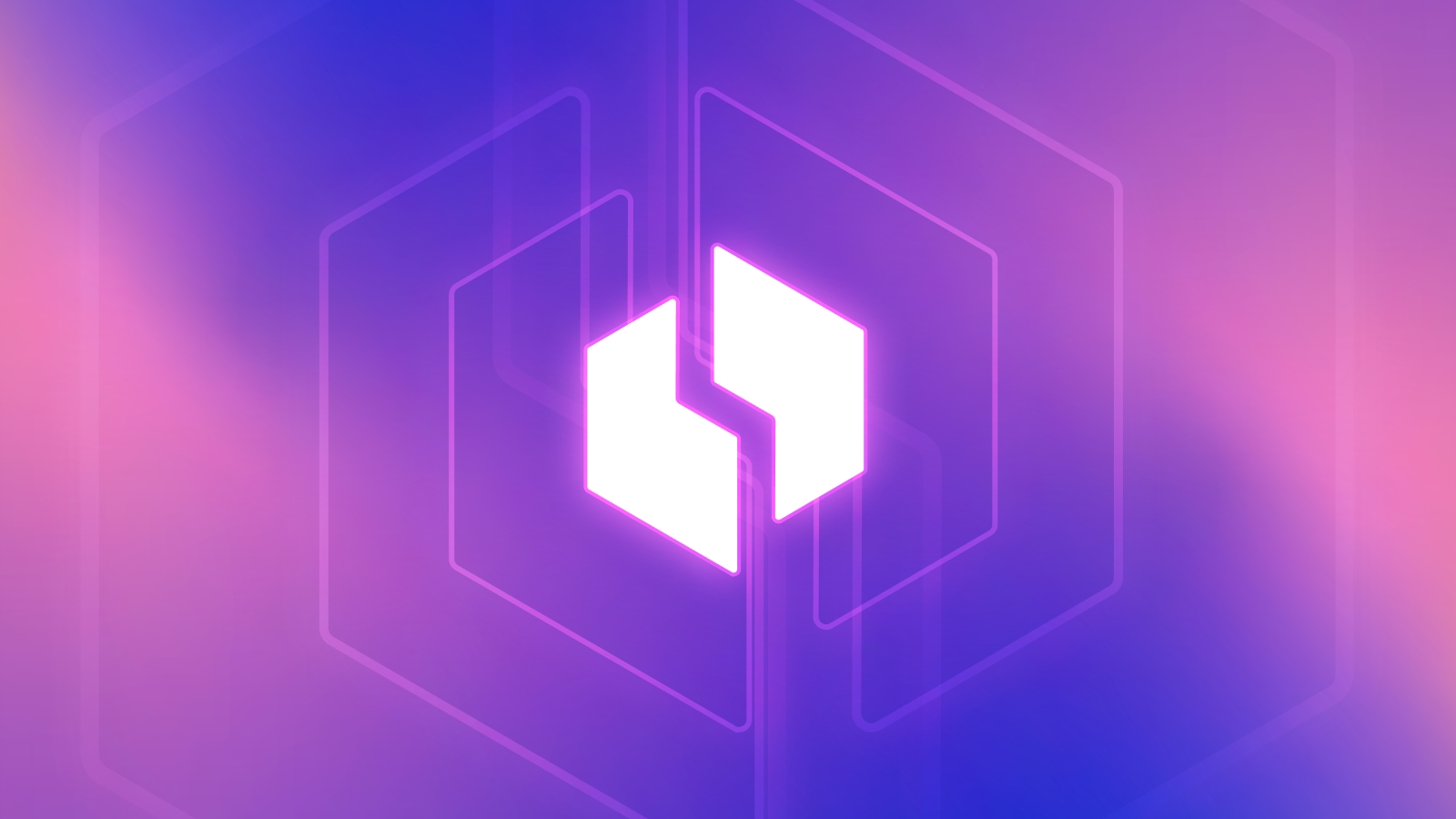.jpg)
Grass
The AI industry is built on training data, and Grass is a layer 2 rollup for providing it. Using a global network of web scraping nodes, it sources data from the public web before processing it into structured datasets and proving its origin on chain. This infrastructure is the world’s first sovereign data rollup.
Nodes are operated by internet users in over 190 countries, allowing people all over the world to earn a stake in the AI revolution. The result is a pipeline for fully equipped datasets that advance artificial intelligence while equitably distributing the value of AI.
GRASS
The GRASS Market Cap is $603,768,882.The price today is 2.19 USD.
Chart
GRASS Markets
Exchange | Pair | Price | Spread | +2% Depth | -2% Depth | 24h Volume | Volume % | Last Updated | Trust Score |
|---|---|---|---|---|---|---|---|---|---|
 DigiFinex | GRASS/USDT | $2.08 | 0.212212% | $2,969.968 | $17,539.826 | $7,088,815 | 18.604% | 2 hours ago | |
 HTX | GRASS/USDT | $2.06 | 0.135659% | $5,928.745 | $33,795.954 | $5,044,480 | 12.813% | 3 hours ago | |
 Gate | GRASS/USDT | $2.08 | 0.038417% | $149,239.588 | $261,271.926 | $4,475,178 | 11.396% | 2 hours ago | |
 Bitget | GRASS/USDT | $2.06 | 0.043719% | $270,187.926 | $261,521.883 | $4,201,336 | 10.659% | 3 hours ago | |
 Bybit | GRASS/USDT | $2.08 | 0.043525% | $449,089.894 | $515,548.062 | $3,464,898 | 8.799% | 2 hours ago | |
 MEXC | GRASS/USDT | $2.07 | 0.270036% | $9,969.527 | $16,162.077 | $2,135,577 | 5.619% | 2 hours ago | |
 LBank | GRASS/USDT | $2.08 | 0.360646% | $7,204.402 | $5,865.077 | $1,815,849 | 4.768% | 2 hours ago | |
 Raydium (CLMM) | GRASS/SOL | $2.08 | 0.602893% | $39,610.587 | $39,491.571 | $1,576,747 | 4.061% | 2 hours ago | |
 Slex | GRASS/USDT | $2.07 | 0.508351% | $83,956.526 | $92,029.314 | $973,940 | 2.480% | 2 hours ago | |
 Zoomex | GRASS/USDT | $2.07 | 0.053168% | $107,984.454 | $105,621.872 | $864,014 | 2.194% | 2 hours ago |
Learn More
The AI industry is built on training data, and Grass is a layer 2 rollup for providing it. Using a global network of web scraping nodes, it sources data from the public web before processing it into structured datasets and proving its origin on chain. This infrastructure is the world’s first sovereign data rollup.
Nodes are operated by internet users in over 190 countries, allowing people all over the world to earn a stake in the AI revolution. The result is a pipeline for fully equipped datasets that advance artificial intelligence while equitably distributing the value of AI.
Grass News
View more





Social
Impressions
48,552,918
Engagement
512,484
Mindshare
8.41%